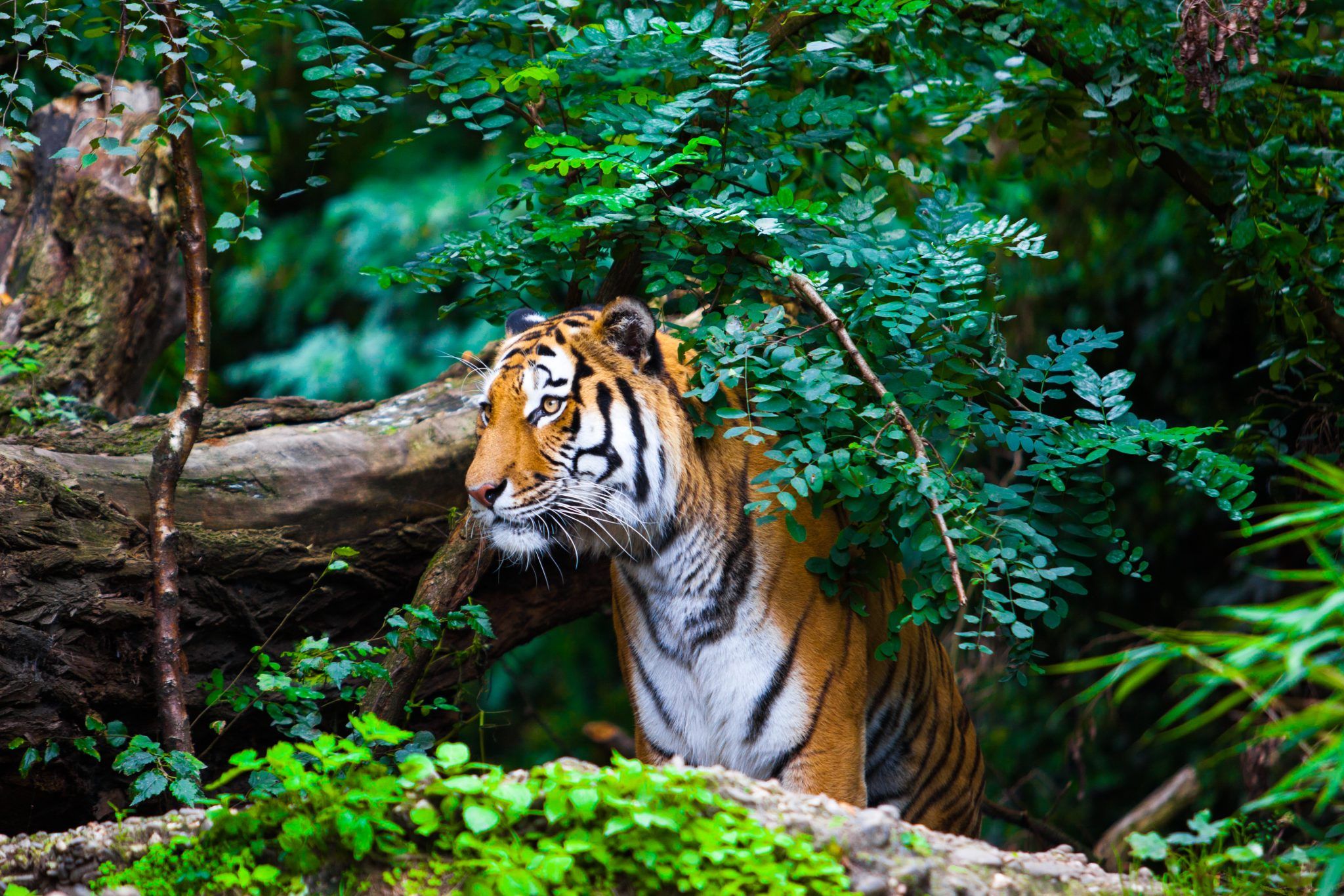Tigers are one of the most iconic and majestic creatures on the planet. With their striking orange coats and bold black stripes, these big cats are a sight to behold. But beyond their beauty, tigers are also fascinating creatures with unique habits and behaviors that make them truly remarkable. In this article, we will explore the habitat, diet, and survival strategies of the majestic tiger.
Habitat of the Tiger
Tigers are typically found in various habitats across Asia, including tropical forests, mangrove swamps, grasslands, and even snow-covered landscapes. They are incredibly versatile animals and can adapt to a wide range of environments, from the hot and humid jungles of India to the cold and snowy forests of Siberia. However, due to habitat loss and poaching, tigers are now endangered in the wild, with only a few thousand individuals left in the wild.
Diet of the Tiger
Tigers are apex predators, meaning they are at the top of the food chain in their respective ecosystems. They primarily prey on large herbivores such as deer, wild boar, and water buffalo. Tigers are known for their stealth and incredible hunting skills, often stalking their prey for hours before making a successful kill. They have powerful jaws and sharp teeth that allow them to take down even the largest of prey with ease.
In addition to large herbivores, tigers have also been known to hunt smaller animals such as monkeys, birds, and fish. They are opportunistic feeders and will eat whatever they can catch, making them highly adaptable when it comes to finding food in the wild.
Survival Strategies
One of the biggest threats to tigers in the wild is human activity. Deforestation, poaching, and habitat destruction have all contributed to the decline of tiger populations across Asia. Conservation efforts are now in place to protect these majestic creatures and ensure their survival for future generations.
Tigers are solitary animals, with males and females only coming together to mate. Females give birth to a litter of cubs every two to three years, with the mother being solely responsible for raising and protecting her offspring. Cubs are taught how to hunt and survive in the wild by their mothers, who will stay with them until they are old enough to fend for themselves.
In Conclusion
The tiger is a truly incredible creature, with a habitat that spans across various landscapes and a diet that consists of large herbivores and small animals. Despite facing numerous threats in the wild, tigers are resilient animals that have adapted to survive in their changing environments. As humans, it is our responsibility to ensure the continued survival of these majestic creatures for generations to come.
This is a beautifully written article that showcases the beauty and power of the majestic tiger, while also highlighting the threats they face in the wild. By raising awareness about the habitat, diet, and survival strategies of tigers, we can work towards protecting these incredible creatures and ensuring their survival for the future.
